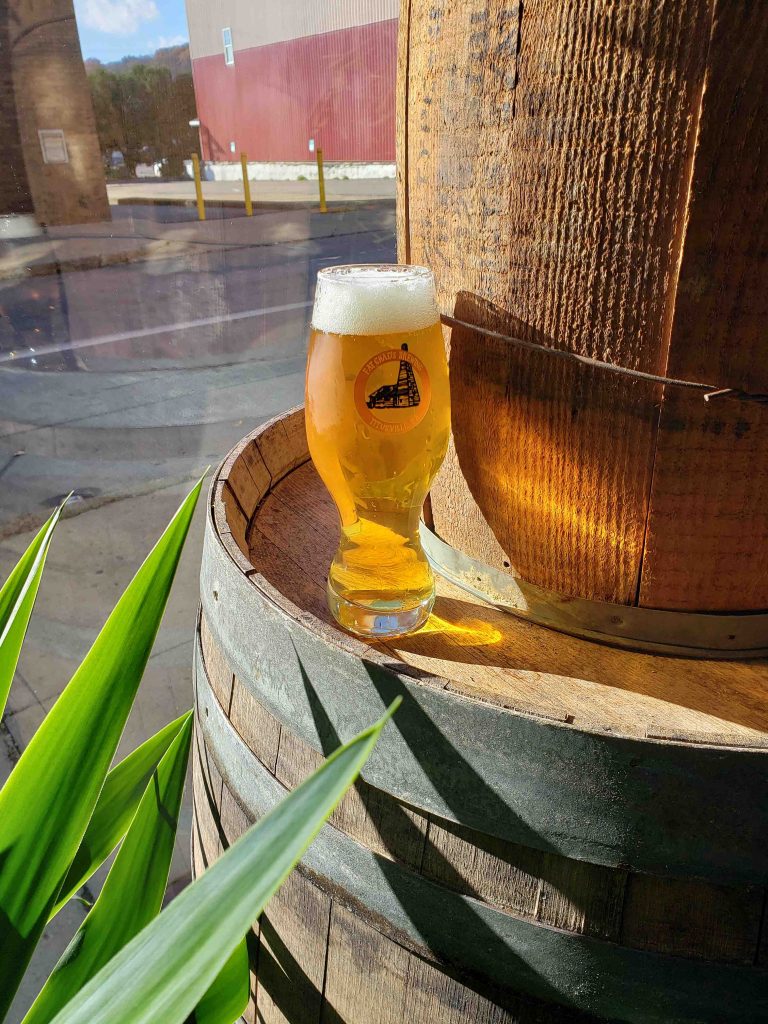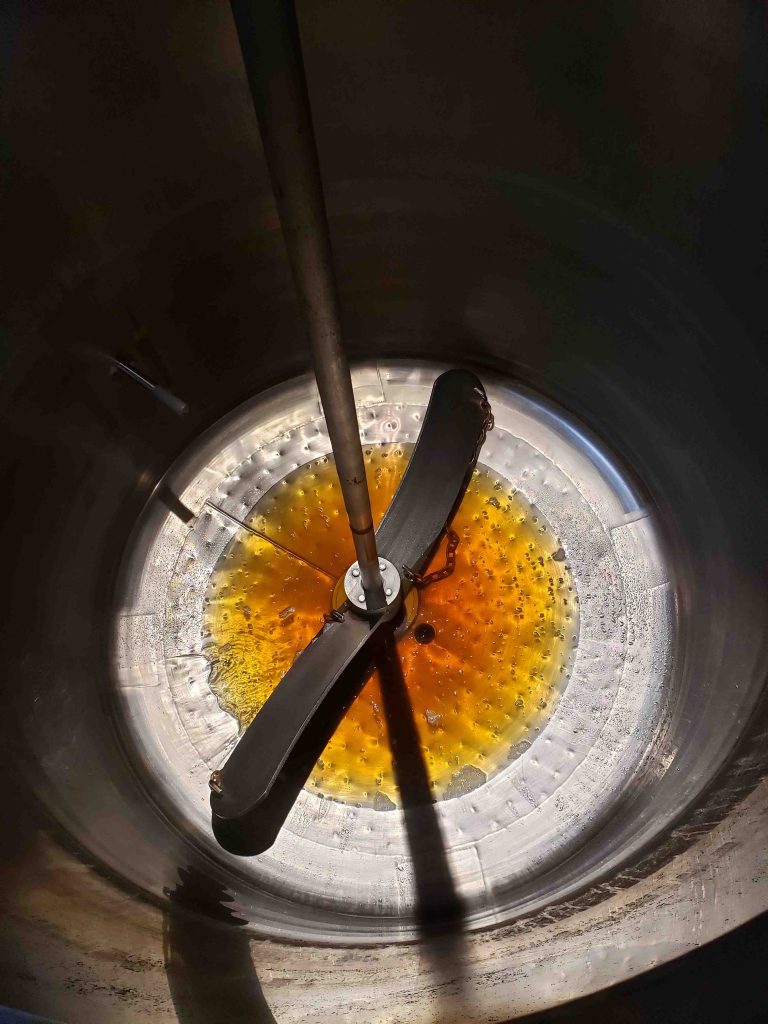
How Beer is Made
Beer is magical to most of us, but the process of making it isn’t magic. Many historians believe the process was discovered by accident, but many also believe that the desire to have beer is why our society switched from hunting and gathering to an agricultural-based society.
Although the process can change quite a bit, most beer has only 4 ingredients: Water, Malted Barley, Yeast, and Hops.
Malted Barley
We all know what water is, so let’s start with malted barley. Before brewers can make beer, we need maltsters. A maltster is a person or a company that takes raw barley grain and converts the starches in the seed to sugars, by the process of malting. Brewers need those sugars to make beer. The picture to the right is a shoot of raw, unmalted barley. The maltster starts by removing the excess plant material until only the kernels remain. This part of the plant is the seed. Seeds from any plant store starch that the plant will use as starter food to get the plant to sprout before it can undergo photosynthesis and make its own food. The maltster will hydrate the seeds until roots begin to form . Usually this process takes 2-3 days (pictured bottom right is barley about 1 day after hydrating the seed). At the time when the sugar content inside the kernel is the highest, the maltster kiln dries it to halt this conversion process. This ensures that brewers can get the most sugar out of the barley which later gets converted into alcohol.
Some malts are further roasted or made into crystal malts. These are called specialty malts and they add to the tools brewers have to make unique beers. Specialty malts give beers their color and contribute flavor. Crystal malt is what gives an Amber Ale it’s deep and rich color and Roasted Barley gives a stout its roasty, coffee-like aroma and flavor. The list of specialty malts available to brewers has vastly increased in the last few years because of small, independent craft maltsters. This is very exciting for brewers who want to create new and interesting beers.


Mashing and Boiling
Brewers take this malted barley and crack the kernel so that the husk stays intact and the middle of the kernel is crushed. Brewers mix this cracked barley with hot water at different temperatures for different times. This oatmeal-like mixture is called the mash. Distillers also mash grains, but the similarities in those processes ends there. Brewers will steep the barley at a specific temperature for a specific time. After the elapsed time, The mash is filtered and the remaining sugar is rinsed out. The liquid is collected in the brew kettle. At this stage in the process, you have a sugar-rich liquid called wort. Wort is young, unfermented beer.

The concoction is then boiled. Brewers boil wort for a few different reasons. One is to sanitize everything. Before humans knew about modern sanitation, it was more common for folks to drink wine and beer than water, even for children. We now know it was because people used the same stream to get their drinking water from as they were using to carry away their feces, a detestable practice by today’s standards. At the time, beer was boiled simply because beer tasted better when it was boiled. We now know that we could have just boiled the water but, at the time, beer was a life-saving source of sustenance that did not carry the same illnesses as the untreated “turd water”. Other reasons to boil are to reduce the mixture down to the desired amount of sugar, and to change some compounds in the mixture, but that is a boring Chemistry lesson.
Hops

One misconception about beer is that more hops=more alcohol. This is not true. Hops exist to contribute flavor to beer. They are used as a spice to cut the cloying sweetness from the barley. If hops weren’t used, beer would be really sweet and hard to drink. All beer has some hops in it, but hops are showcased in the IPA style. This is a medium for brewers to show off vibrant and bold flavors from hops. Noble hops are used in more European beers and their flavor is subtle, spicy, earthy, and floral. American and Australian-grown hops typically have more bold and tropical flavors than their noble parents. Some hops are added to finished beer and these are called dry hops. Adding hops in the boil creates very different flavors than dry hops. Brewers play with these additions to unlock the many flavors hops have to offer.
Yeast
Yeast makes all the magic happen. After the wort is boiled, it is rapidly cooled and sent into a fermenter where yeast is added. Sugar is food for yeast. All the conversion of starch into sugar done by both the maltster and brewer comes to fruition in this step. Alcohol and CO2 are byproducts of yeasts’ metabolism. A very off-putting yet effective analogy here is that yeast: 1.Eats sugar 2. Poops alcohol and 3. Farts CO2. As the saying goes, “One yeast cell’s trash is all of mankind’s treasure.” Maybe I am paraphrasing a tad here. Yeast was always used in brewing, but we didn’t always know what it was or how it worked until a fellow by the name of Louis Pasteur conducted some breakthrough science in 1857. Many people have the misconception that Mr. Pasteur was doing his experiments because of milk. Although our History teachers like to tell us this so kids don’t think about beer, this research was conducted for and funded by the beer industry. Period. Thanks, Louis. This pint wouldn’t be quite as good without you.